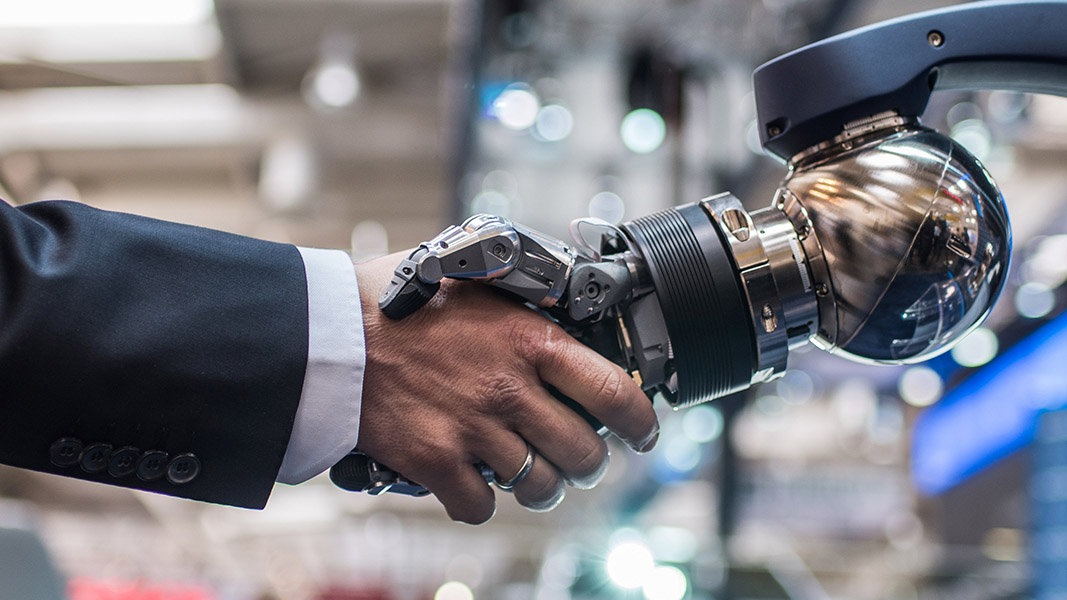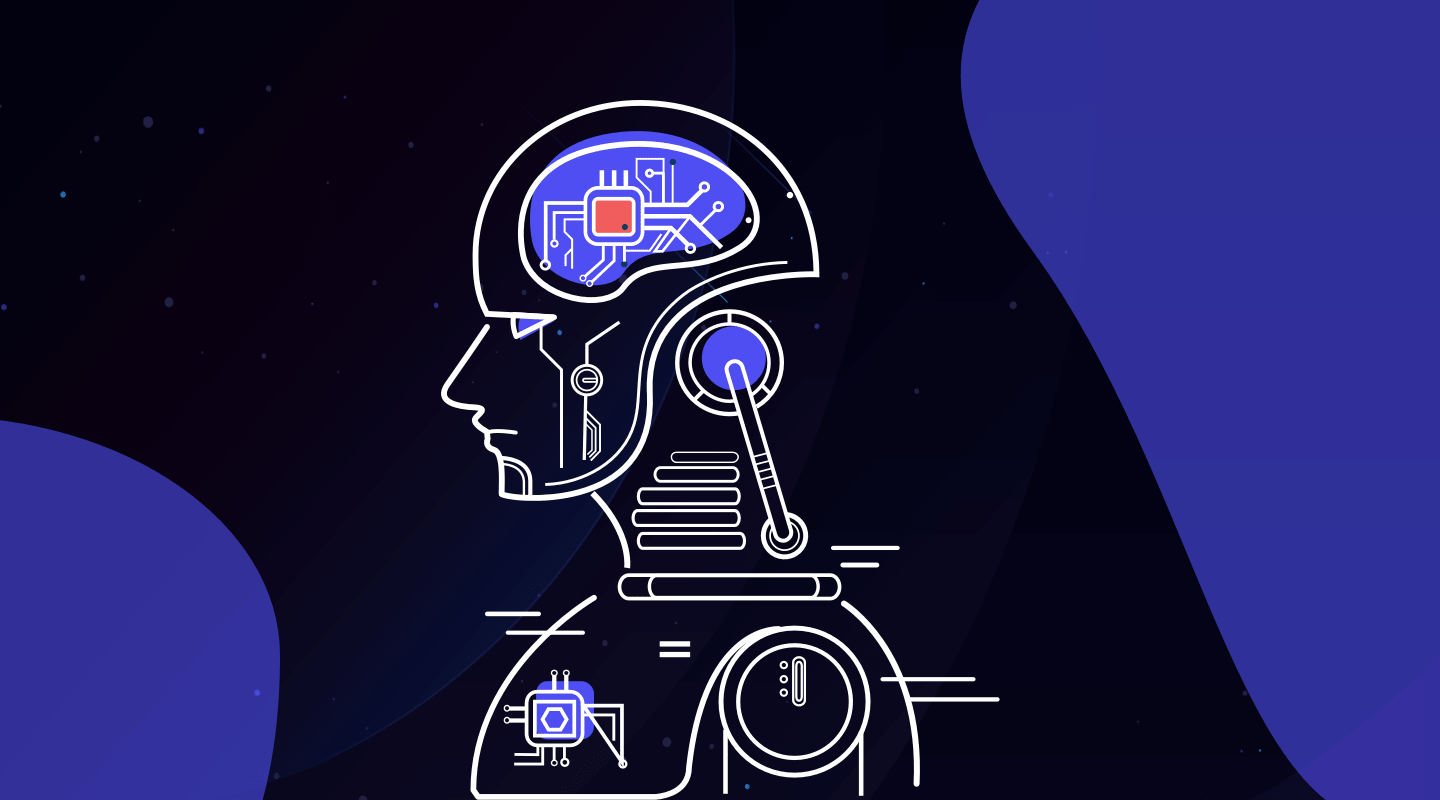How business strategies are being improved by machine learning in the 21st century?

How business strategies are being improved by machine learning in the 21st century?
Machine learning is increasingly being adopted by organizations in the current day, pushed by technology. Machine learning has demonstrated its value in forecasting consumer behavior in addition to enabling businesses to tackle complicated challenges using useful information obtained from the careful segmentation of raw data. To improve performance and gain a competitive edge, firms are incorporating machine learning into their operations. It seeks to automatically adjust to new knowledge and respond after data analysis.
Organizations may dramatically reduce the margin of error in their unique business operations by adopting machine learning with little to no human participation. It has become quite popular among companies trying to overcome the difficulties presented by constantly shifting market conditions precisely because of this. Businesses utilize machine learning to raise manufacturing standards and simplify work. Additionally, it improves advertising efforts and client loyalty.
Check out the following examples of how machine learning is improving business strategies:

- Gaining Improved Performance
Cookies, which are little data files, are used by websites to store user information on computers and other devices. Cookies can improve the browsing experience by removing the need to log in each time a person visits a website or to fill their shopping basket each time they leave the page. Information is not transferred to the social media platforms’ machine learning algorithms without cookies. Businesses consider a variety of tactics to identify and convert high-quality, high-intent prospects.
Third-party cookies are those that come from websites other than the one the user is currently visiting. Ad-tech firms watch users’ behavior across several websites, build profiles of people and their interests, and then provide pertinent advertising, improving performance and effect.
- Marketing Campaigns’ Value-Add
The optimization of a company’s marketing strategies depends heavily on machine learning. It opens the door for more success and successful launching and running campaigns. Numerous hours are devoted by marketing experts to determining the best ways to maximize campaign budgets and boost conversions. However, marketers may save both time and personnel costs and get definitive outcomes by using machine learning.
Because of superior machine learning, Google Ads, for example, is the market leader in advertising services. Because of capabilities like data-driven attribution, responsive display advertisements, or smart bidding, marketers depend on the systems to determine the best ad-campaign settings that define campaign objectives. Other marketing tools that allow testing of pictures, email subject lines, CTAs, headlines, etc., can also benefit from these algorithms’ self-learning capabilities.
- Creating Individual Offers & Recommendations
The core of contemporary marketing is relationships with clients that address their individual needs. Better marketing results result from messages that more closely align with the demands of the target audience. The audience insights gained through machine learning and AI technologies may help brands improve the tailored user experience. AI is capable of dynamically delivering the correct message to the right audience at the right time via audience segmentation based on individual preferences and behavior. This work would need more money and labor to complete without the use of AI and machine learning.
Personalization is not limited to emails and direct mail; it may also apply to the complete omnichannel purchasing experience, which combines online and physical encounters. It enables companies to propose products to clients based on their interests. As an illustration, a customer who indicated an interest in a product in an online store but did not buy it might be retargeted via social media with a discount offer. To increase sales, businesses may also develop a loyalty program using the consumer information gleaned from online and in-store transactions using ML and AI techniques.
- More effective ad campaign optimization
Numerous benefits may be derived from optimizing marketing efforts. The businesses may determine new client segments and make appropriate modifications while also regularly evaluating the campaign’s efficacy. Additionally, they can create content that better connects with and engages your target audience.
Businesses may optimize their campaigns to enhance the impact of their marketing efforts. After finding areas for improvement and implementing optimization strategies, the following benefits might be anticipated:
Drive Traffic: Marketers may boost the number of consumers who visit their company’s landing page by optimizing their ads’ performance. Additionally, campaign optimization improves ad positions, which increases targeted site traffic.
Create affordable strategies: Despite receiving numerous clicks and vanity metrics, some advertisements are ultimately less cost-effective. Marketing experts may use analytics from campaign tracking and higher ROI to create cost-effective plans that will be the benchmark for future marketing tactics.
How Machine Learning Is Changing How Advertising Is Done

The advertising business has changed significantly during the past century. It was once associated with large New York City headquarters, a patriarchal workplace culture, and multi-million dollar expenditures. The relics of the Madison Avenue advertising environment from the middle of the 20th century are now diverse and updated, and they are few.
But what brought about this change? Industry executives will be eager to point out that artificial intelligence has been at least one instrument that has been particularly important to this progress (AI). Modern ad agencies and companies may use machine learning to stay relevant by fusing foundational marketing principles from past generations with cutting-edge AI technology. Let’s examine machine learning’s contribution to this change.
- Target audience and personalization
In the past, advertising executives chose which advertisements would be most effective and where they should be put based on generic demographic data from surveys and censuses. However, with new levels of consumer intelligence made possible by technological advancements, advertising teams are now able to directly target interested audiences with appropriate advertisements.
Now, advertising teams may divide populations into focused groups to increase returns on investment. Machine learning algorithms that identify trends in customer behavior and ascertain which messages connect most strongly with each choose these groupings. Because of this, 14% of marketers currently use AI for consumer segmentation. These changes are rapidly taking over as the industry standard as AI usage rises despite budget constraints brought on by the epidemic. Consumers are also catching on. Today, 80% of consumers who identify as “regular shoppers” claim to only make purchases from companies that tailor their advertising.
One of the biggest food manufacturers in the world, Mondelez International, and its VP of customer experience, Jon Halvorson, recently discussed the advantages of AI-driven personalization. Halvorson and his team have made personalization technology a top priority to forge closer bonds with customers and spur brand growth. The firm provided viewers with dynamic, tailored message banner adverts as part of its hyper-targeted Oreo Eye on the Clock campaign. The campaign generated 40% more clicks when compared to regular display advertisements, which is evidence of the strategy’s success.
Due to its capability to segment audiences and target them with pertinent messaging, machine learning has now made it possible for advertising to be more inventive and successful.
- Ad Creation
Personalization uses a lot of resources even though it is quite effective. It frequently necessitates several ad versions for the same campaign and might take up all of the time available to an advertising team. AI for ad generation is, however, altering that. Now that campaign language has been optimized, brands can convey the correct message in their distinctive brand voice to the right audience at the appropriate time.
For instance, Facebook was able to create new value around its email marketing approach by utilizing innovations from the firm Phrasee. A message structure was created by the organization based on the ideal customer journey. With a 23% average click rate increase and a 15% average open rate increase, the AI-powered campaign returned a 275% ROI on advertising expenditures. The creation of on-model advertising images is now possible for fashion-focused firms thanks to alternative options.
For instance, by using machine learning to create realistic models and product shots with Vue.ai’s product photo solution, the business can save the time and cost of high-production photoshoots. On average, the company’s customers have been able to raise engagement by 40% and drive conversion rates up to 1.5 times higher levels because it innovated ad design, according to the company’s website.
When it comes to AI ad production technologies, such as autonomous message and picture development, take into account your staffing needs as we approach 2022. For the greatest fit for your business and clients, these machine learning-powered tools may be greatly personalized.
- Campaign Planning Enhancement
Up until now, determining the effectiveness of an advertising campaign has been an educated guess. Advertising teams may gain additional insight into the information they need to make wise decisions by utilizing AI technology and its role in predictive analytics.
Making forecasts about a campaign’s future results based on trends in past data is the technique of predictive analytics. The prediction procedure needs both AI and high-quality data to be effective. Once properly built, the study may be used by marketing teams to identify campaign and audience potential. Additionally, the method enables businesses to “test” the effectiveness of ads before distribution.
Brands’ average conversion rates have increased by more than 22% thanks to predictive techniques. To conceptualize campaign ideas, many advertisers currently rely on this technique. Currently, 91% of top marketers claim that they are either completely dedicated to predictive marketing or that they are starting to put predictive marketing tactics into practice.
Brands can identify the audiences that will respond most to their advertising by employing AI. According to the Aberdeen Group, businesses that engage in predictive analytics have almost twice as much success in segmenting their consumers and directing their marketing operations. This not only boosts marketing effectiveness and ROI but also lowers risk and may save you millions of dollars overall.
AI is paving the way for the future of the business as more teams use it to develop effective advertising strategies. One-size-fits-all campaigns have been rendered obsolete by advances in personalization, ad creation, and predictive techniques. Brands might investigate the possibilities presented by AI and machine learning for developing effective and effective marketing campaigns to make sure they aren’t left behind.
Machine Learning: A Crucial Piece In Business Strategies That Are Future-Proof

Businesses use machine learning to increase sales and create strategies for the future. In the industrial and logistics industries, AI-driven software systems are already being used to boost efficiency and income. Additionally, to increase sales and encourage stronger customer loyalty, retail organizations collaborate with development services to produce customized software.
The development of natural language processing will certainly have a big influence on consumer gadgets as well as businesses. AI-powered personal assistants are already being used by corporate staff to save time and boost the quality of their work. Their pattern analysis and forecasts will get more precise as they gather more high-quality data.
Because consumer requirements are continuously changing, businesses must stay ahead of the curve to remain competitive. Machine learning will have a big influence on organizations beyond just marketing technology. Therefore, firms need to be ready if they want to remain competitive.
The only means to maintain a firm at the top, or to build a position in the market if they don’t already have one, are via innovation and originality. An excellent place to start when integrating new technical strategies is with machine learning in sales and marketing. To nurture a modernized approach to developing more effective and impactful business strategies, contemporary firms might also contact professionals in data science and machine learning.
Edited by Prakriti Arora



